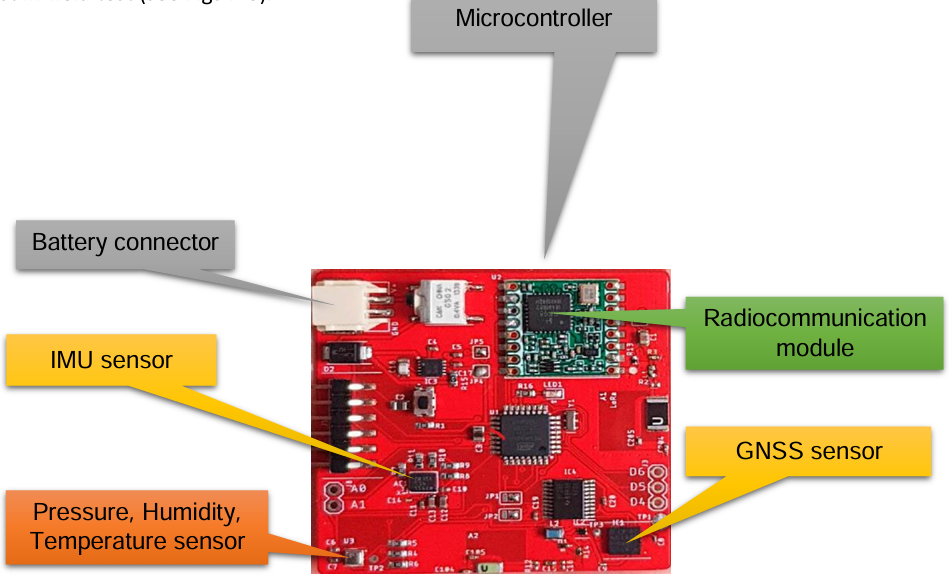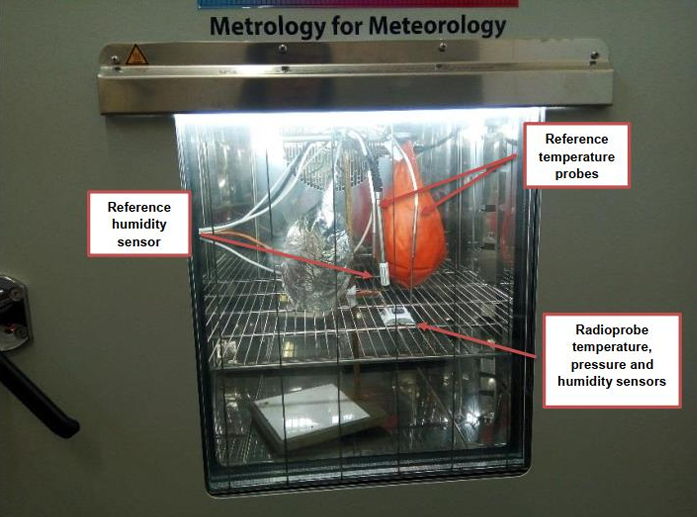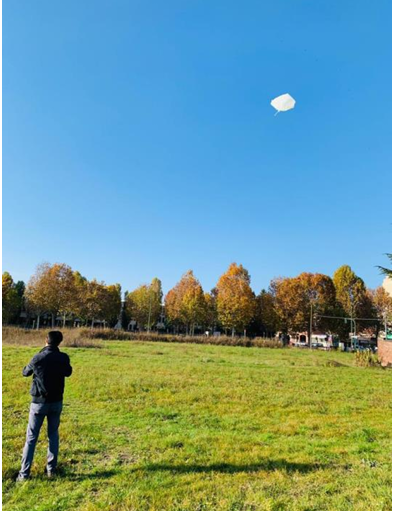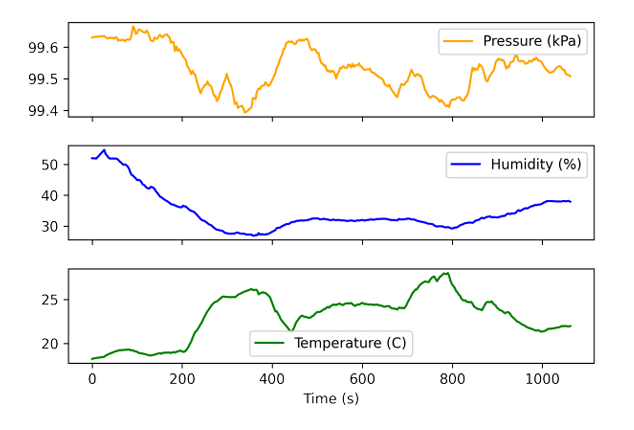09 Jan MIGRE: MINI GREEN ULTRALIGHT EXPENDABLE RADIO SONDE
Period: 01/03/2022 – 30/11/2022
The mini ultralight smart balloon is a strategic new kind of expendable low cost, small (max 30 cm), light (about 20 g), environmental friendly (Mater-Bi.) radio probe embedding a microprocessor, IMU, GPS and sensors for the measurement inside clouds of velocity, acceleration, pressure, temperature, humidity and aerosol concentration fluctuations. To be released with the help of UAVs (Unmanned Aerial Vehicles), our probes are designed to passively float inside clouds and are about 20 and 100 times lighter than NCAR (National Centre for Atmospheric Research, US) drop-sondes (i.e. non-floating sondes) and NOAA (National Oceanic and Atmospheric Administration, US) smart balloons, respectively.
Our radio-sonde is mini in size: thus, it can sense air – water vapor – water droplets –aerosols physical-chemical fluctuations down to a few centimeters for the wavelength and up to frequencies of a few hertz. It is green: the balloon is biodegradable (Mater Bi, Novamont). It is expendable: we foresee a final cost of the order of 40 euros. It is easily manageable: it can be positioned in-situ by drones and then released to freely float inside clouds or other atmospheric environments. Atmospheric radio-sondes currently in use are not able to passively float inside clouds. Those conceived for lapse rate sounding rise through the atmosphere while being convectively transported by the local wind shear, if present. The drop-sonde fall under gravity across the Planetary Boundary Layers. They are released by aircrafts and reach the Earth surface in a few minutes. NOAA LASB are large balloon (11-feet) sondes which are wind transported for a time lapse up to a few weeks and hundreds to thousand kilometers (for many degrees both in latitude and longitude). They are conceived to track large scale atmospheric Lagrangian motions inside the low Troposphere. The adjective smart refers to the capability to adjust the altitude but not to the biodegradability of the balloon material. NOAA smart balloon send data via a transponder to a C130 research aircraft flying in the vicinity of the balloon. They thus require aircraft support all along their flight trajectories.
Application
To reduce the grey area of our understanding in cloud physics and turbulence, we present here an in-situ method for measuring small-scale fluctuations inside warm clouds, which is based on the design and implementation of an innovative, ultralight (about 20 g), biodegradable and expendable radiosonde here referred to as radioprobe. The idea was conceived during the proposal writing of a European Horizon 2020 Marie Sklodowska Curie project (H2020 MSCA ITN ETN COMPLETE, GA 675675), see Fig. 1.

Fig.1 – Cloud-MicroPhysics-Turbulence-Telemetry (H2020 COMPLETE): is a shared inter-multidisciplinary research training environment for enhancing the understanding and modeling of atmospheric clouds.
The set of new features to be implemented, see also the schematic in Fig. 2.
Lightweight: total weight about 20 grams, including the printed circuit board PCB, the outer shell and supports.
Compact size: board size is actually 5×5 cm2, the balloon 30 cm in diameter.
Low cost
Low power consumption
Expendability
Environmentally friendly: use of biodegradable materials for the enclosure and if possible, for the electronics substrate.
Hydrophobic: water will not be allowed to wet the surface
Impermeable to water: water will not be allowed to penetrate the balloon surface.
Battery powered: power autonomy
Ability to float inside fluid and follow fluid motion along isopycnic surface.

Fig. 2 – With a target weight of 20 g and diameter of 30 cm, the mini-green-expendable radioprobes are designed to float as birds flying in swarms (parrots, sturnus vulgaris) inside warm clouds at target altitudes within 1-2 kms for a time span of a few hours. In order to enable them to float, the electronics are embedded in a biodegradable balloon filled with a combination of Helium and ambient air to achieve a buoyancy force equal to the weight of the whole system.
The first prototype is designed (see Fig. 3) and further initial validation tests of the selected sensors are ongoing (see Figs 4 – 8). Sensor operating ranges are summarized in the Table 1. Selected low-cost/low-power pressure, humidity and temperature sensors were validated by means of high quality sensors of climate chamber in INRIM (Istituto Nazionale di Ricerca Metrologica). Furthermore, validation of the positioning sensors and transmission system are checked during the first in-field test (see Figs 7-8)

Fig. 3 – Radioprobe design
Below is a Table 1. Sensor operating ranges for the radioprobe prototype


Fig. 4 – Prototype testing in climate chamber at INRIM.

Fig. 5 – Prototype testing in climate chamber at INRIM.

Fig. 6 – First in-field prototype testing, tethered balloon, 50 m of altitude above ground level, Torino, Parco Colonnetti, October 2020.

Fig. 7 – Positioning data from in-field test in clear air, 50 m of altitude above ground level, Torino, Parco Colonnetti, Ottober 2020, tethered green balloon.

Fig. 8 – Pressure, humidity and temperature data from first preliminary in-field test, green tethered balloon, 50 m of altitude above ground level, Torino, Parco Colonnetti, October 2020.
For more detail on MIGRE project you can contact directly daniela.tordella@polito.it



